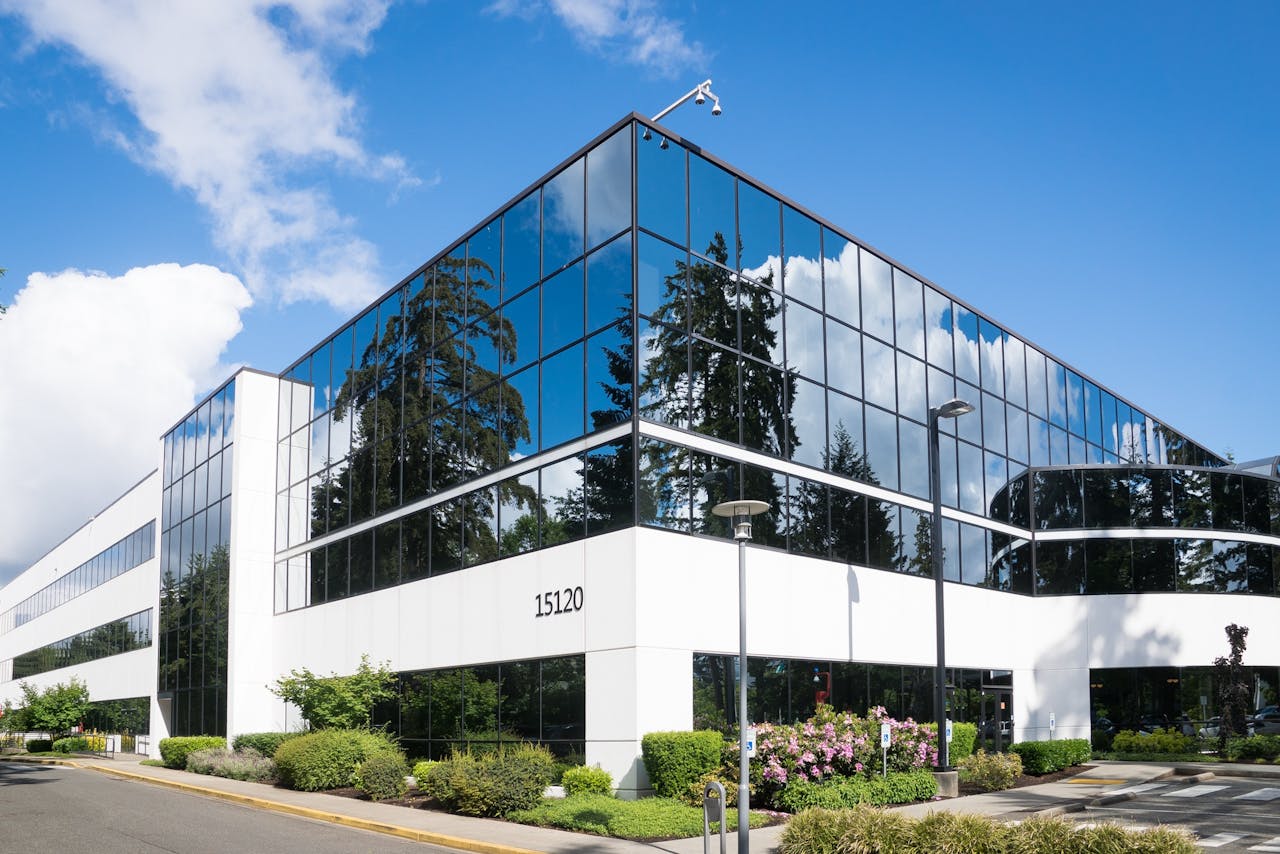Outsource to Succeed: Why Small Businesses Can’t Afford to Ignore IT Services
Running a small business is tough. There’s always so much and insufficient time to do it all. One area that many small businesses struggle with is IT.
Technology is important, but keeping up with it can be hard. What happens if your computer system crashes or a virus attacks your data? That’s why more and more small businesses are outsourcing IT services. That’s right! Outsourcing IT isn’t just for big companies. Small businesses can benefit, too. It saves time, reduces stress, and helps protect your business from cyber threats.
So, without further ado, let’s learn why outsourcing your IT is smart and how it can save you time, money, and headaches.
The Growing Need for IT in Small Businesses
Technology plays a big role in today’s businesses. It affects almost every part of a company. From communication to operations and sales, tech makes things easier and faster. Have you noticed how quickly messages can be sent now? That’s thanks to technology.
Small businesses have many IT needs. One important need is network management. This means making sure that all computers and devices connect properly. It helps everyone work together smoothly. Another key need is cybersecurity. With the rise in online threats, protecting business data is crucial. A security breach can lead to lost information and money.
Key IT Services to Consider for Outsourcing
When it comes to outsourcing IT services, there are a few key areas that can help your business. Each service addresses specific needs and can improve how your business runs.
Managed IT Services
Managed IT services provide proactive support and management for your technology. This means that instead of just fixing problems when they happen, a managed IT services provider works to prevent issues before they arise. They monitor your systems 24/7, ensuring everything runs smoothly. This can include managing your network, updating software, and even helping with backups. This way, you can focus on your business while experts care for your technology.
Cybersecurity Solutions
Protecting sensitive data is more important than ever. Cybersecurity solutions help prevent breaches and keep your information safe. These services include firewalls, antivirus programs, and regular security audits. Outsourcing cybersecurity gives you access to experts who know the latest threats and can help you defend against them. This way, you can keep your customers’ data safe and maintain their trust.
Cloud Services
Cloud services offer great benefits for businesses. With cloud storage, you can save important files online instead of just on local computers. This makes it easy to access your data from anywhere and share it with team members. Software as a Service (SaaS) allows you to use software applications online without installing them on your computers. This means you always have the latest updates and features without extra hassle.
Help Desk Support
Help desk support is essential for addressing technical issues that employees face. When a problem arises, quick assistance can make a big difference. Outsourcing help desk support means your team can get immediate help for issues like software glitches or login problems. This support keeps your employees productive and reduces downtime, allowing them to focus on their work.
Outsourcing these key IT services can greatly improve your business operations. It helps ensure you have the right support to thrive in today’s technology-driven world.
Benefits of Outsourcing IT Services
Outsourcing IT services offers many advantages for small businesses. These benefits can help companies save money, gain expert knowledge, and focus on what they do best.
Cost-Effectiveness
One of the main reasons for outsourcing IT is cost. Hiring full-time IT staff can be expensive. You have to pay salaries, benefits, and training costs. On the other hand, outsourcing lets you pay for only the services you need. This can save money in the long run. With managed IT services, businesses can also enjoy predictable expenses. Instead of worrying about unexpected costs, you’ll know what you will spend each month.
Access to Expertise
When you outsource IT, you gain access to skilled professionals. These experts know a lot about technology and can solve problems quickly. They stay updated on the latest trends and tools. This means your business can benefit from the best technology without learning everything yourself. With this knowledge, you can make better decisions about your IT needs.
Increased Focus on Core Business
Outsourcing IT allows business owners to focus on their main goals. Instead of managing IT issues, you can concentrate on growth and strategy. This shift helps you run your business more effectively. When experts handle IT, you can spend more time on what matters, like serving customers and improving your products or services.
Final Words
Remember, outsourcing your IT services can be a game-changer for your small business. By partnering with a reliable IT provider, you can free up your time, reduce costs, and improve your overall efficiency. So, don’t be afraid to outsource and focus on what you do best.





